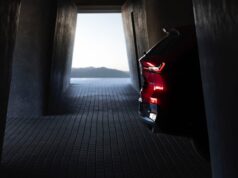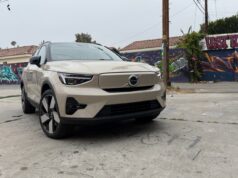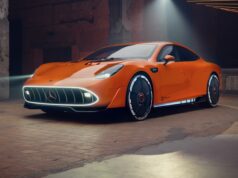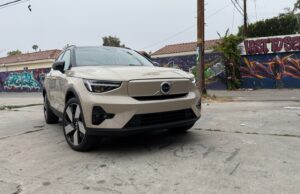With the growing number of driver assistance features being added to vehicles, it’s time to see which ones work and which ones need a bit more work. The Insurance Institute for Highway Safety (IIHS) recently tested five vehicles to see how well their driver assistance systems, like adaptive cruise control and active lane-keeping assist work in the real world.
The IIHS tested the BMW 5 Series, Mercedes-Benz E-Class, Tesla Model 3, Tesla Model S and Volvo S90 to see if the Level 2 driver assistance systems worked well enough for driver’s to take their eyes off the road or hands off the steering wheel. The quick answer is no, since none of the five vehicles performed flawlessly in the series of tests, but the Tesla Model 3 did come out on top compared to the other four sedans in the tests.
Adaptive cruise control is designed to maintain a set speed and following distance from the vehicle in front. It can automatically reduce a vehicle’s speed when the traffic ahead slows and can come to a full stop but may not react to already-stopped vehicles. To test the Adaptive cruise control systems, the five vehicles were put through four different series of track tests.
One test involved driving at 31 mph toward a stationary vehicle target with ACC off and autobrake turned on to evaluate autobrake performance. Only the Tesla Model 3 and Model S hit the stationary target in this test. With ACC active, the 5-series, E-Class, Model 3 and Model S braked earlier and avoided the target, while the S90 braked more abruptly than the other models, but still avoided hitting the target.
In the third test each sedan followed a lead vehicle that slows down to a stop and then accelerates. Every ACC system decelerated smoothly in this test. In the fourth test, each vehicle followed a lead vehicle, which then changed lanes to reveal a stationary inflatable target vehicle in the path ahead when the time to collision was about 4.3 seconds. None of the sedans crashed into the target in the fourth test.
While the five sedans performed similarly in the ACC tests, the active lane-keeping tests showed more differences. The active lane-keeping systems are designed to keep each sedan centered in their lane. During the active lane-keeping tests the tests focused on the two scenarios that throw off ACC systems the most, curves and hills. The IIHS engineers conducted six trials with each vehicle on three different sections of road.
During the ACC tests only the Tesla Model 3 stayed within the lane on all 18 trials. The Tesla Model S was close to the Model 3, but overcorrected on one curve, causing it to cross the line on the inside of the curve in one test. None of the other systems provided enough steering input on their own to consistently stay in their lane, which meant that the driver had to provide additional steering to stay in the lane.
While several vehicles now come with these driver assistance systems, it worth noting that the Level 2 autonomous systems aren’t fully capable of driving a vehicle on their own without the assistance from the driver.
“We’re not ready to say yet which company has the safest implementation of Level 2 driver assistance, but it’s important to note that none of these vehicles is capable of driving safely on its own,” Zuby says. “A production autonomous vehicle that can go anywhere, anytime isn’t available at your local car dealer and won’t be for quite some time. We aren’t there yet.”
Source: IIHS











